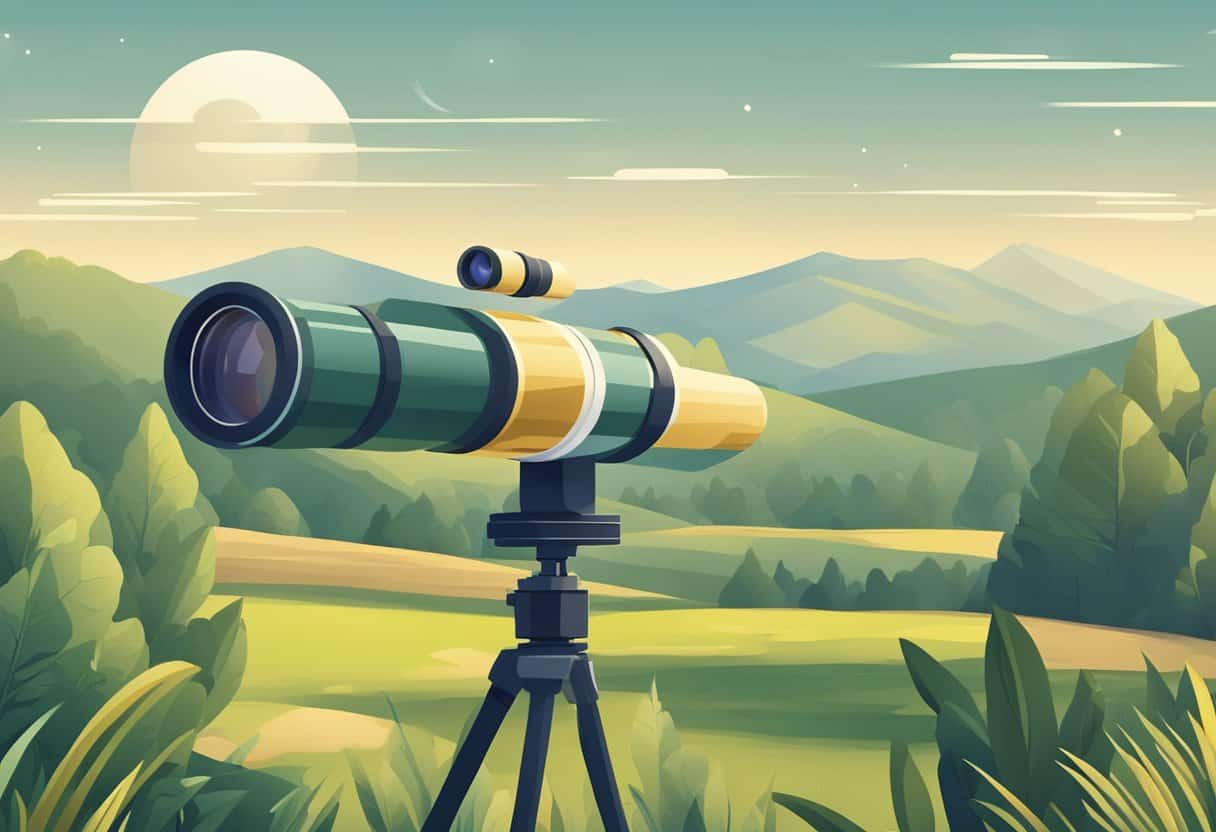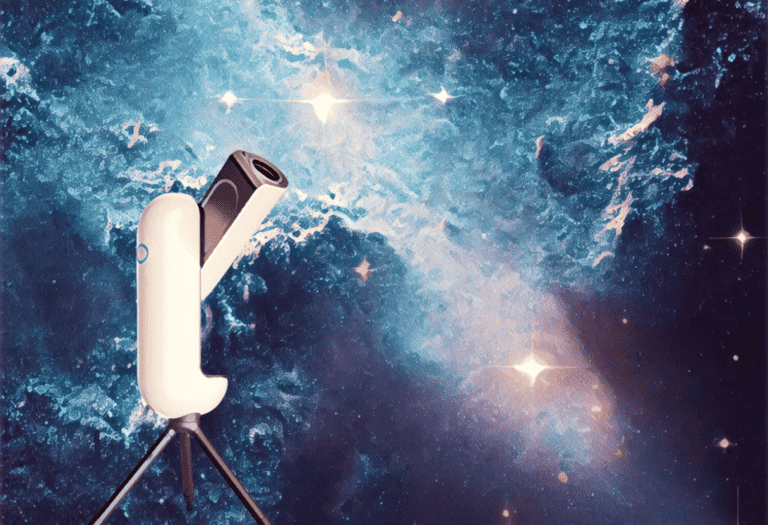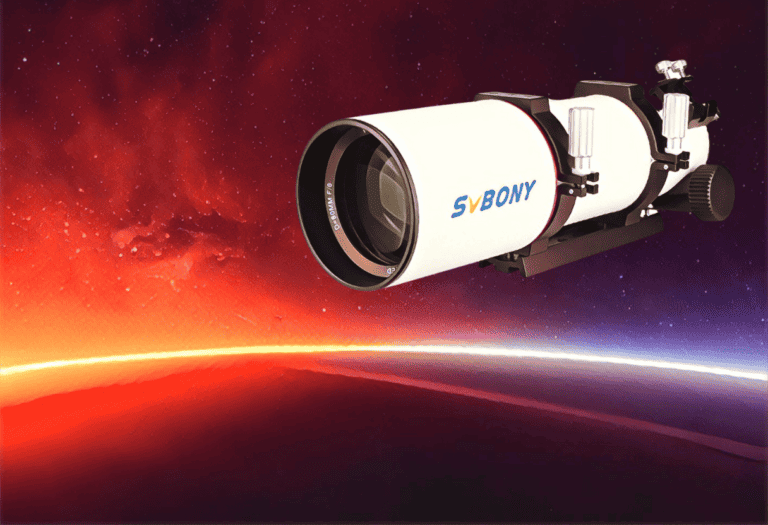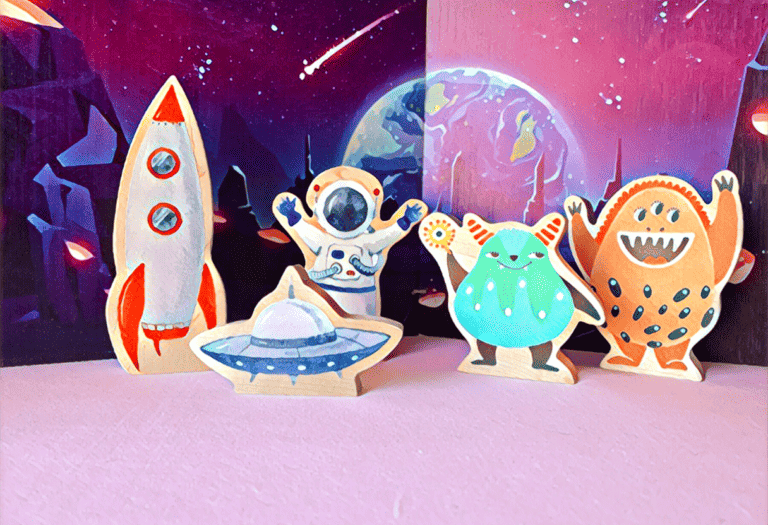Choosing the ideal magnification for a monocular depends on the specific needs and intended use.
Monoculars, essentially half of a binocular, offer portability and convenience for nature enthusiasts, bird watchers, and sports aficionados. The magnification power of a monocular is defined as the number of times closer an object appears compared to viewing with the naked eye. While higher magnification provides detailed views of distant objects, it can also introduce challenges such as a narrower field of view and image stability issues.
A higher magnification isn’t always better. For most users, a monocular with a magnification in the range of 6x to 10x strikes a balance between power and ease of use. This range provides enough detail for most outdoor activities without the handshake blur that often comes with higher-powered optics.
Additionally, the best magnifiers offer clear, bright images, and have features such as anti-reflective coatings and durable, waterproof construction for longevity and improved viewing under various conditions.
The ideal magnification for a monocular ranges from 6x to 10x, balancing detail with usability. This range is suitable for general outdoor use, providing clear views without the handshake blur common in higher magnifications.
Understanding Monocular Magnification
Selecting the proper magnification for your monocular hinges on its intended use and the design’s inherent limitations.
Factors Determining Magnification
Your monocular’s magnification is a measure of how much closer objects appear compared to viewing with the naked eye. It’s determined by the focal length of the objective lens and the eyepiece lens. High magnification can offer detailed views of distant objects, but it also may introduce challenges like narrower fields of view and reduced image brightness. Additionally, greater magnifications can make it more difficult to hold the monocular steady, potentially leading to image shake.
Optimal Magnification for Different Uses
For general purposes, a monocular with a magnification of 8x to 10x is versatile enough to handle a variety of activities, from bird watching to sporting events. However, for specific situations, you may prefer different magnifications. For example, when you’re observing distant wildlife, higher magnification around 12x or more can be beneficial, while for theater or concert viewing, a lower magnification of 4x to 6x typically suffices, providing a wider field of view and easier handling.
Features of the Best Monoculars

When selecting the best monocular for your needs, pay close attention to the lens quality, field of view, and ease of focus. These attributes dramatically affect performance and usability.
Lens Quality
The clarity of your view through a monocular largely hinges on lens quality. High-grade optics offer superior light transmission and minimal distortion. Look for lenses with anti-reflective coatings, which enhance visibility even in low light conditions.
Field of View
Field of view (FOV) represents the width of the area you can see at a glance, measured in feet at a distance of 1,000 yards. A wider FOV is advantageous for tracking moving subjects, while a narrower FOV may offer greater detail for stationary observations.
Ease of Focus
The best monoculars have an intuitive focus mechanism allowing you to quickly adjust the image clarity. A smooth focusing wheel that is easy to manipulate with one hand is ideal, facilitating a seamless transition from the immediate environment to distant details.
Popular Magnification Ranges
When choosing a monocular, the magnification power is a crucial consideration. Different activities require specific magnification levels, so understanding the ideal range for your purpose maximizes both the utility and the enjoyment of your viewing experience.
Low Magnification Monoculars
Typically, low magnification monoculars range from 4x to 8x. These devices are optimal for quick scanning of broad areas, making them suitable for watching sporting events or live performances. The lower magnification provides a wider field of view, which can help you track swift movements without losing context of the surrounding area.
Advantages:
- Easier to stabilize
- Wider field of view
- Faster to target an object in view
Common Uses:
- Theater and sports events
- Bird watching
- General outdoor use
High Magnification Monoculars
In contrast, high magnification monoculars start from about 10x and can go as high as 25x. These are designed for seeing objects at long distances with more detail. They are often used for wildlife observation or astronomical viewing. However, the higher the magnification, the more difficult it may be to maintain a steady image, and a tripod or other stabilizing equipment may be necessary.
Advantages:
- Greater detail at long distances
- Ideal for stationary observation
- Enhanced zoom for specific focus
Common Uses:
- Wildlife observation
- Astronomical viewing
- Long-distance tracking
Remember, a steadier hand or support equipment becomes increasingly important as magnification increases to prevent image shake. The best magnification for a monocular for you will depend on your specific needs and situation.
Choosing the Right Monocular
When you’re in the market for a monocular, the multitude of options can be overwhelming. Your choice should hinge upon specific uses and the balance between power and portability.
Activities and Needs
- Bird Watching: You’ll want a monocular with 8x to 10x magnification for close-up views and a wide field of view to track movement.
- Hiking: A durable, waterproof monocular with 6x to 8x magnification combines convenience and sufficient detail.
- Stargazing: Opt for higher magnifications like 10x to 12x to appreciate celestial details, though you may need a tripod for stability.
- Sporting Events: A lower magnification of 4x to 6x will provide a wide field of view to follow the action without sacrificing too much detail.
Monocular Sizes and Portability
-
Compact Monoculars: Usually have lens diameters between 20mm to 28mm. Ideal for carrying in your pocket for spontaneous use.
Size Weight Range Example Uses Small (20mm-25mm) < 200g Concerts, quick hikes Medium (26mm-28mm) 200-300g Bird watching, travel -
Full-Sized Monoculars: These have lens diameters over 30mm providing brighter images but are bulkier.
Size Weight Range Example Uses Large (30mm-36mm) 300-400g Wildlife observation, stargazing Extra Large (>36mm) > 400g Serious hobbyists, long-duration viewing
Remember, larger lenses gather more light and generally yield clearer images, but they also mean increased size and weight. Consider whether you’ll prioritize image quality or the convenience of a smaller, lighter device.
Care and Maintenance
Proper care and maintenance of your monocular are crucial for sustaining its performance and longevity. Pay attention to protecting the lens and adhering to correct handling and storage practices.
Protecting the Lens
The lens is the heart of a monocular, and its condition directly impacts the quality of the magnification. Always use a lens cap when the monocular is not in use to prevent scratches and dust accumulation. For cleaning, use a soft, lint-free cloth or a brush specifically designed for optical equipment. Employ gentle, circular motions to avoid causing micro-scratches that can degrade the image quality over time.
Handling and Storage
When handling your monocular, ensure your hands are clean and dry to avoid transferring oils and dirt onto the optical surfaces. Do not leave your monocular exposed to extreme temperatures or in direct sunlight, as these conditions can cause damage to the lens coatings and internal components.
For storage:
- Choose a padded case that snugly fits the monocular to prevent jostling.
- Include silica gel packets to ward off moisture and prevent the growth of mold.
- Store your monocular in a cool, dry place to preserve its condition.
Following these guidelines will help maintain your monocular’s optimal performance and ensure it is ready to provide the best magnification when you need it.
Frequently Asked Questions
In this section, we address common inquiries regarding monocular magnification to help you make informed decisions based on your specific viewing needs.
What factors should be considered when choosing monocular magnification?
When selecting a monocular, consider the intended use, such as bird watching or hiking, the typical viewing distances, the weight and size you can comfortably carry, and the light conditions under which you’ll be using the monocular.
How does monocular magnification affect field of view for bird watching?
Higher magnification in a monocular can result in a narrower field of view, which may make it challenging to track quick-moving birds. A wide field of view is essential for bird watching to more easily locate and follow birds in flight.
What are the advantages of higher vs lower magnification monoculars for hunting?
Higher magnification monoculars offer greater detail for long-range identification, but they are more prone to image shake and require a steadier hand or a tripod. Lower magnification provides a wider field of view and better stability, which is useful for tracking moving targets.
Which monocular magnification provides the best balance for both close and long-distance viewing?
A monocular with a magnification of 8x to 10x is often considered a good all-purpose choice, as it offers a reasonable balance of enlargement and image stability for both close and long-range observation.
How do different monocular magnifications compare for clarity and image stability?
Clarity can decrease with higher magnifications if the monocular’s optics are not of high quality. Higher magnifications can also amplify hand tremors, resulting in less stable images. Monoculars with magnifications of 6x to 8x are generally easier to hold steady, producing clearer, more stable images.
What is the maximum practical magnification for a handheld monocular?
The maximum practical handheld magnification for a monocular is typically around 10x. Beyond this, the image may become too shaky without the use of a tripod or other stabilization methods.







